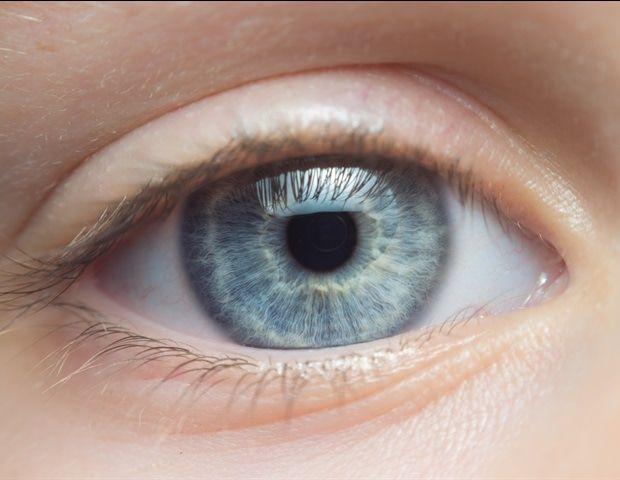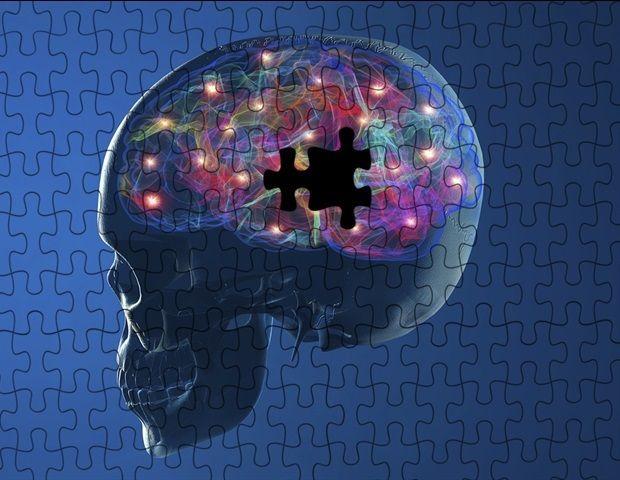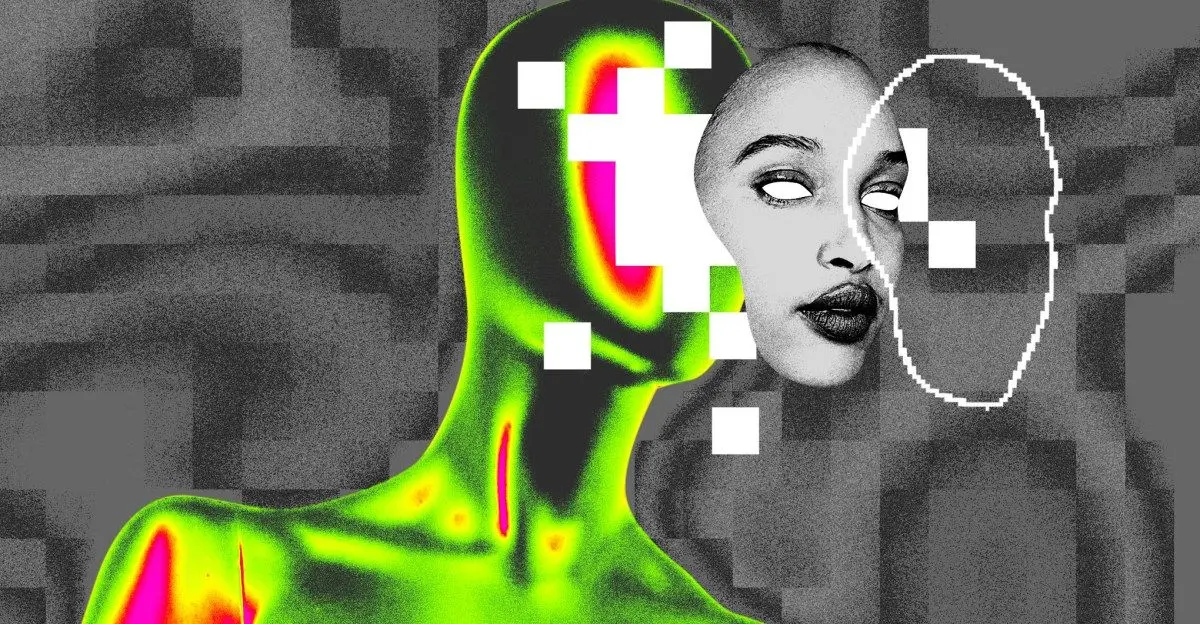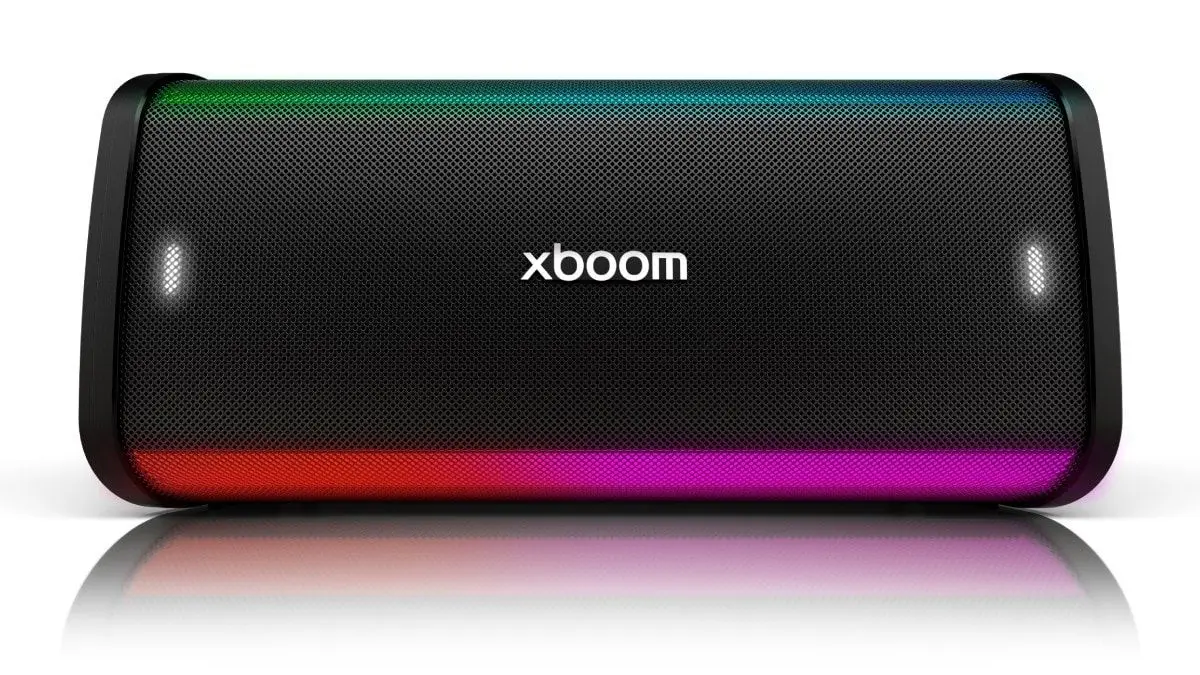AI Tool VisionMD Revolutionizes Assessment of Parkinson's Disease and Movement Disorders
3 Sources
3 Sources
[1]
AI tool to better assess Parkinson's disease, other movement disorders
A University of Florida researcher has developed a groundbreaking open-source computer program that uses artificial intelligence to analyze videos of patients with Parkinson's disease and other movement disorders. The tool, called VisionMD, helps doctors more accurately monitor subtle motor changes, improving patient care and advancing clinical research. Diego Guarin, Ph.D., an assistant professor of applied physiology and kinesiology in UF's College of Health and Human Performance, created the software to address the potential risk of inconsistency and subjectivity in traditional clinical assessments. "Over the years, we have shown through our research that video analysis of patients performing finger-tapping and other movements provides valuable information about how the disease is progressing and responding to medications or deep brain stimulation," Guarin said. "However, clinicians don't have the time and personnel to analyze their videos. To address this, we developed software that can deliver useful results with just a few clicks." Guarin, a member of the Fixel Institute for Neurological Disease at UF Health, worked closely with neurologists and other clinician-scientists from the Fixel Institute to refine the tool. VisionMD analyzes standard videos -- whether recorded on a smartphone, laptop or over Zoom -- and automatically extracts precise motion metrics. The software runs entirely on local computers, ensuring data privacy. "It's not cloud-based, so there is no risk of data leaving the network. You can even unplug from the internet, and it still runs," Guarin said. The tool is already in use globally, with researchers in Germany, Spain and Italy using it to analyze thousands of patient videos as they explore how computer vision can improve movement disorder care. Florian Lange, a neurologist at University Hospital Würzburg, praised the software's ability to provide consistent, objective measurements. He and Martin Reich, a neuroimaging professor at University of Würzburg, adapted VisionMD to help them optimize treatment for patients with tremor, particularly those using deep brain stimulation, or DBS, implants. "A big challenge with many aspects of medicine today is how difficult it is to get objective data, especially with movement disorders like Parkinson's disease or tremor," Lange said from his office in Germany. "If the three of us watched the same video of a patient, we might rate the severity at three different levels. But the software gives us precise, unbiased data." By recording videos of patients at a variety of stimulator settings, the software identifies which DBS configuration offers the best symptom relief. "There are millions of possible programming options, but this tool helps us narrow it down quickly and accurately," Reich said. As open-source software, the program is freely available to improve and customize. The team is also working to expand the tool's capabilities by adding more motor assessment tasks frequently used in clinical settings. Early adopters say VisionMD's accessibility and ease of use have the potential to transform movement disorder research and care. "It takes only a few seconds to process each video," Guarin said. "We are confident most clinicians will be able to use it, regardless of their technical expertise."
[2]
AI-powered video analysis tool improves monitoring of Parkinson's movement symptoms
A University of Florida researcher has developed an open-source computer program that uses artificial intelligence to analyze videos of patients with Parkinson's disease and other movement disorders. The tool, called VisionMD, helps doctors more accurately monitor subtle motor changes, improving patient care and advancing clinical research. The study is published in the journal npj Parkinson's Disease. Diego Guarin, Ph.D., an assistant professor of applied physiology and kinesiology in UF's College of Health and Human Performance, created the software to address the potential risk of inconsistency and subjectivity in traditional clinical assessments. "If the three of us watched the same video of a patient, we might rate the severity at three different levels. But the software gives us precise, unbiased data," said Dr. Florian Lange, a neurologist at University Hospital Würzburg. "Over the years, we have shown through our research that video analysis of patients performing finger-tapping and other movements provides valuable information about how the disease is progressing and responding to medications or deep brain stimulation," Guarin said. "However, clinicians don't have the time and personnel to analyze their videos. To address this, we have developed software that can deliver useful results with just a few clicks." Guarin, a member of the Fixel Institute for Neurological Disease at UF Health, worked closely with neurologists and other clinician-scientists from the Fixel Institute to refine the tool. VisionMD analyzes standard videos -- whether recorded on a smartphone, laptop or over Zoom -- and automatically extracts precise motion metrics. The software runs entirely on local computers, ensuring data privacy. "It's not cloud-based, so there is no risk of data leaving the network. You can even unplug from the internet, and it still runs," Guarin said. The tool is already in use globally, with researchers in Germany, Spain and Italy using it to analyze thousands of patient videos as they explore how computer vision can improve movement disorder care. Lange praised the software's ability to provide consistent, objective measurements. He and Martin Reich, a neuroimaging professor at the University of Würzburg, adapted VisionMD to help them optimize treatment for patients with tremor, particularly those using deep brain stimulation (DBS) implants. "A big challenge with many aspects of medicine today is how difficult it is to get objective data, especially with movement disorders like Parkinson's disease or tremor," Lange said from his office in Germany. By recording videos of patients in a variety of stimulator settings, the software identifies which DBS configuration offers the best symptom relief. "There are millions of possible programming options, but this tool helps us narrow them down quickly and accurately," Reich said. As open-source software, the program is freely available to improve and customize. The team is also working to expand the tool's capabilities by adding more motor assessment tasks frequently used in clinical settings. Early adopters say VisionMD's accessibility and ease of use have the potential to transform movement disorder research and care. "It takes only a few seconds to process each video," Guarin said. "We are confident most clinicians will be able to use it, regardless of their technical expertise."
[3]
UF Professor Develops AI Tool to Better Assess Parkinson's Disease, Other Movement Disorders | Newswise
Newswise -- A University of Florida researcher has developed a groundbreaking open-source computer program that uses artificial intelligence to analyze videos of patients with Parkinson's disease and other movement disorders. The tool, called VisionMD, helps doctors more accurately monitor subtle motor changes, improving patient care and advancing clinical research. Diego Guarin, Ph.D., an assistant professor of applied physiology and kinesiology in UF's College of Health and Human Performance, created the software to address the potential risk of inconsistency and subjectivity in traditional clinical assessments. "Over the years, we have shown through our research that video analysis of patients performing finger-tapping and other movements provides valuable information about how the disease is progressing and responding to medications or deep brain stimulation," Guarin said. "However, clinicians don't have the time and personnel to analyze their videos. To address this, we developed software that can deliver useful results with just a few clicks." Guarin, a member of the Fixel Institute for Neurological Disease at UF Health, worked closely with neurologists and other clinician-scientists from the Fixel Institute to refine the tool. VisionMD analyzes standard videos -- whether recorded on a smartphone, laptop or over Zoom -- and automatically extracts precise motion metrics. The software runs entirely on local computers, ensuring data privacy. "It's not cloud-based, so there is no risk of data leaving the network. You can even unplug from the internet, and it still runs," Guarin said. The tool is already in use globally, with researchers in Germany, Spain and Italy using it to analyze thousands of patient videos as they explore how computer vision can improve movement disorder care. Florian Lange, a neurologist at University Hospital Würzburg, praised the software's ability to provide consistent, objective measurements. He and Martin Reich, a neuroimaging professor at University of Würzburg, adapted VisionMD to help them optimize treatment for patients with tremor, particularly those using deep brain stimulation, or DBS, implants. "A big challenge with many aspects of medicine today is how difficult it is to get objective data, especially with movement disorders like Parkinson's disease or tremor," Lange said from his office in Germany. "If the three of us watched the same video of a patient, we might rate the severity at three different levels. But the software gives us precise, unbiased data." By recording videos of patients at a variety of stimulator settings, the software identifies which DBS configuration offers the best symptom relief. "There are millions of possible programming options, but this tool helps us narrow it down quickly and accurately," Reich said. As open-source software, the program is freely available to improve and customize. The team is also working to expand the tool's capabilities by adding more motor assessment tasks frequently used in clinical settings. Early adopters say VisionMD's accessibility and ease of use have the potential to transform movement disorder research and care. "It takes only a few seconds to process each video," Guarin said. "We are confident most clinicians will be able to use it, regardless of their technical expertise."
Share
Share
Copy Link
University of Florida researcher develops an open-source AI program called VisionMD to analyze videos of patients with movement disorders, providing objective and accurate assessments to improve patient care and clinical research.

Innovative AI Tool Enhances Movement Disorder Assessment
A groundbreaking artificial intelligence tool called VisionMD has been developed by Diego Guarin, Ph.D., an assistant professor at the University of Florida, to revolutionize the assessment of Parkinson's disease and other movement disorders. This open-source computer program utilizes AI to analyze videos of patients, providing doctors with more accurate and objective measurements of subtle motor changes
1
.Addressing Clinical Assessment Challenges
Traditional clinical assessments of movement disorders often face challenges of inconsistency and subjectivity. VisionMD aims to overcome these issues by offering precise, unbiased data. As Dr. Florian Lange, a neurologist at University Hospital Würzburg, explains, "If the three of us watched the same video of a patient, we might rate the severity at three different levels. But the software gives us precise, unbiased data"
2
.How VisionMD Works
VisionMD analyzes standard videos recorded on various devices, including smartphones, laptops, or even over Zoom. The software automatically extracts precise motion metrics from these videos, providing valuable information about disease progression and response to treatments such as medications or deep brain stimulation
3
.Ensuring Data Privacy and Accessibility
One of the key features of VisionMD is its focus on data privacy. The software runs entirely on local computers, eliminating the risk of data leaving the network. Guarin emphasizes, "It's not cloud-based, so there is no risk of data leaving the network. You can even unplug from the internet, and it still runs"
1
.Global Adoption and Customization
VisionMD is already being used globally, with researchers in Germany, Spain, and Italy analyzing thousands of patient videos. As open-source software, it can be freely customized and improved. This accessibility has led to adaptations like optimizing deep brain stimulation (DBS) treatment for tremor patients
2
.Related Stories
Impact on Movement Disorder Research and Care
The tool's ease of use and quick processing time - only a few seconds per video - make it accessible to most clinicians, regardless of their technical expertise. This accessibility, combined with its objective measurements, has the potential to transform movement disorder research and patient care
3
.Future Developments
The team behind VisionMD is working to expand the tool's capabilities by incorporating more motor assessment tasks commonly used in clinical settings. This ongoing development aims to further enhance the software's utility in movement disorder assessment and treatment optimization
1
.References
Summarized by
Navi
[2]
Related Stories
Recent Highlights
1
Nvidia drops $20 billion on AI chip startup Groq in largest acquisition ever
Business and Economy

2
Meta acquires Manus for $2 billion, adding revenue-generating AI agents to its platforms
Business and Economy

3
China proposes world's strictest AI chatbot rules to prevent suicide and emotional manipulation
Policy and Regulation







